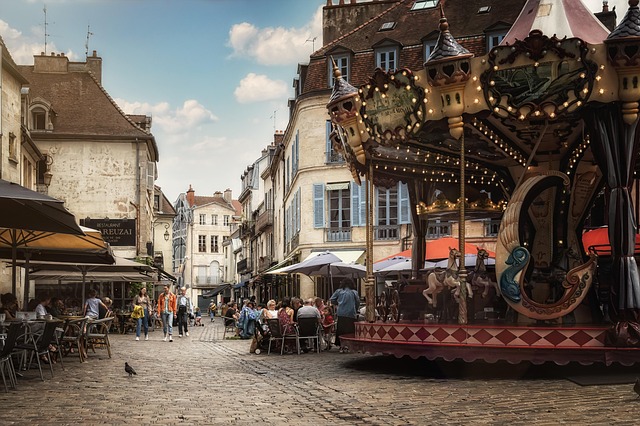In today’s rapidly urbanizing world, the way we travel and transport goods significantly impacts our daily lives and the environment. With the rise of cities and populations, the urgency to implement smart traffic regulation systems has never been more critical. These systems not only optimize the flow of traffic but also align with the vision of sustainable development, reducing our ecological footprint and paving the way for a greener future.
Sustainable development is not just a buzzword; it’s a necessity. Urban planners and city officials are rethinking how we can reshape our traffic management strategies to support sustainability. By leveraging data-driven insights and innovative technologies, cities can develop smart traffic regulation systems that reduce congestion, improve air quality, and contribute to carbon neutrality. Imagine a city where traffic lights adjust to real-time conditions, allowing for smoother flow and decreased emissions.
One of the cornerstones of these solutions lies in the integration of green technologies. From high-efficiency traffic signals to responsive road signage powered by renewable energy, the use of cutting-edge technologies can radically alter how we navigate our roads. Furthermore, these smart systems can encourage the adoption of electric vehicles, public transportation, and cycling. This aligns perfectly with our collective goal of minimizing our ecological footprint.
The shift towards intelligent traffic systems also invites collaboration among various stakeholders, including government entities, technology firms, and the community. By fostering a dialogue that prioritizes ecological balance and efficient mobility, cities can set an example of how smart traffic regulation can pivot from being a mere response to urban issues to a proactive approach that works in harmony with nature.
As we forge ahead in the quest for smarter cities, the vision of a carbon-neutral future is not just a dream but increasingly becoming a reality. By prioritizing sustainable solutions in traffic regulation, we can transform our urban landscapes into vibrant, livable spaces that enhance the quality of life for all. As citizens, we have a role to play in advocating for these changes and embracing the shift towards a more sustainable way of moving through our world.
The roadmap to a sustainable future is paved with innovation, policy reform, and communal effort, all centered around the principle of smart traffic regulation. Together, we can navigate a path that not only meets our mobility needs but also respects and preserves our planet for generations to come.




